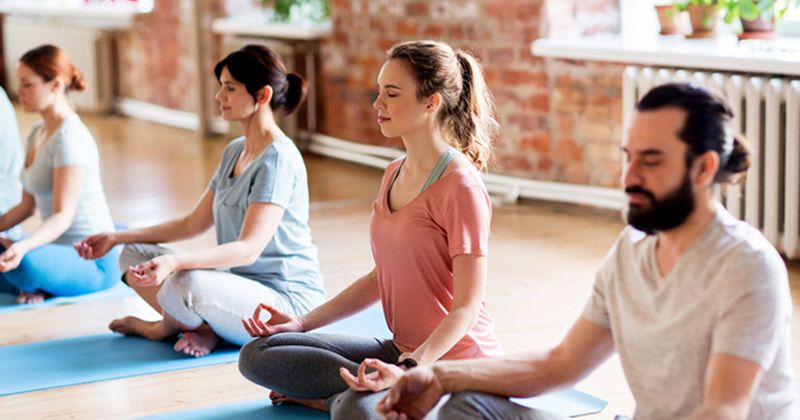Yoga improves prognosis, functional outcome in heart failure
Key takeaways:
- Adults with HF who participated in yoga therapy saw improvements in quality of life measures, strength and endurance.
- Yoga was also associated with improvement in left ventricular function.
Adults with HF on optimized guideline-directed medical therapy had improvements in quality of life measures and functional status after participating in a yoga therapy program for 1 year, researchers reported.
“Yoga is a combination of mind-body techniques, which is a set of physical exercises [asana] with breathing techniques [pranayama], relaxation and meditation that can be effectively used to stimulate physical and mental well-being,” Ajit Singh, PhD, research scientist for the Indian Council for Medical Research at Kasturba Medical College & Hospital, Manipal Academy of Heart Education in Manipal, India, said in a press release. “Our patients observed improvement in systolic blood pressure and heart rate compared to patients who were on medication without yoga.”

Image: Adobe Stock
In a prospective study, Singh and colleagues analyzed data from 75 patients (61 men) with NYHA class III or less HF who underwent coronary intervention, revascularization or device therapy within the past 6 months to 1 year with continued guideline-directed medical therapy (GDMT). There were 35 participants (31 men) who received yoga therapy along with GDMT; 40 participants (30 men) received GDMT plus usual care.
Participants in the yoga group were taken to the department of yoga at the hospital, where an experienced yoga therapist taught selected yoga therapy including pranayama, meditation and relaxation techniques, according to the release. Sessions lasted about 60 minutes; participants were supervised for 1 week at the training center before being asked to continue self-administered yoga at home. Those in the yoga group were advised to perform yoga at least 5 days per week for 12 months, with individual support available. Researchers measured quality of life improvements using the WHO Quality of Life questionnaire, completed at baseline, 24 and 48 weeks. All participants underwent echocardiography at various follow-up appointments through 1 year.
The findings were presented at the American College of Cardiology Asia 2023 Conference.
Researchers found that participants in the yoga group had improvement in endurance, strength, balance, symptom stability and quality of life measures; however, there was no observed improvement in social and environmental health measures. Researchers also observed an improvement in the yoga group compared with the standard care group in echocardiographic parameters from baseline to 6 months and 1 year; functional outcomes also improved in the yoga group (P for all < .05).
“This study proves that the addition of yoga therapy to standard medical management of heart failure leads to an improvement in left ventricular systolic function and quality of life in heart failure patients,” Singh said in the release. “Hence, yoga therapy may improve physical well-being and left ventricular function among heart failure patients on guideline-directed optimal medical therapy.”
Reference:
- Yoga improves quality of life, cardiovascular function in heart failure patients. https://medicalxpress.com/news/2023-09-yoga-quality-life-cardiovascular-function.html. Published Sept. 26, 2023. Accessed Sept. 26, 2023.
